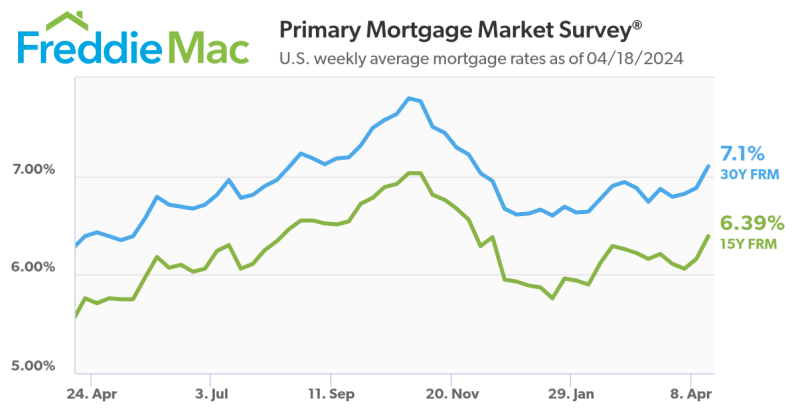Advertisement
Housing Starts Take a Dive

Single-family housing starts in May were at a rate of 820,000, according to data from the U.S. Census Bureau and the U.S. Department of Housing & Urban Development (HUD). Last month’s housing starts level was 6.4 percent below the revised April figure of 876,000. Privately-owned housing starts in May were at a seasonally adjusted annual rate of 1,269,000, down 0.9 percent from the revised April estimate of 1,281,000 and 4.7 percent below the May 2018 rate of 1,332,000.
Single-family authorizations in May were at a rate of 815,000, which is 3.7 percent above the revised April figure of 786,000. Privately-owned housing units authorized by building permits in May were at a seasonally adjusted annual rate of 1,294,000, a 0.3 percent uptick from the revised April rate of 1,290,000 but a 0.5 percent dip from the May 2018 rate of 1,301,000.
Single-family housing completions in May were at a rate of 890,000, down five percent from the revised April rate of 937,000. Privately-owned housing completions in May were at a seasonally adjusted annual rate of 1,213,000, down 9.5 percent from the revised April estimate of 1,340,000 and down 2.8 percent from the May 2018 rate of 1,248,000.
Reaction to the data was cautious from the industry.
Mike Fratantoni, senior vice president and chief economist at the Mortgage Bankers Association (MBA), observed, “Total housing starts changed little in May, but single-family starts dropped. The decrease in single-family construction was led by a decline in the Midwest, which was likely impacted by numerous flooding events in that region. Multifamily starts jumped almost 14 percent nationally, as rental demand remains strong. The current trend in permits suggests that the same pace of construction is likely to continue, without either acceleration or declines. Builders remain constrained by a lack of skilled labor, shown by the still-record level of job openings in the construction sector.”
First American Financial Corp. Deputy Chief Economist Odeta Kushi said the May report “sends a mixed message for the housing market–fewer new homes coming to the market in the short term, but some hope of more housing supply in the not too distant future.”
Danielle Hale, chief economist for Realtor.com, noted the data followed the decline in builder confidence as measured by the National Association of Home Builders (NAHB), adding that builders been challenged in their efforts to “navigate stronger demand at lower price points and weaker demand at higher price points … More single-family construction will help keep home inventories growing, but more is needed to push growth rates higher. Confidence indicators suggest builders may not have the appetite for pushing construction higher."
About the author





